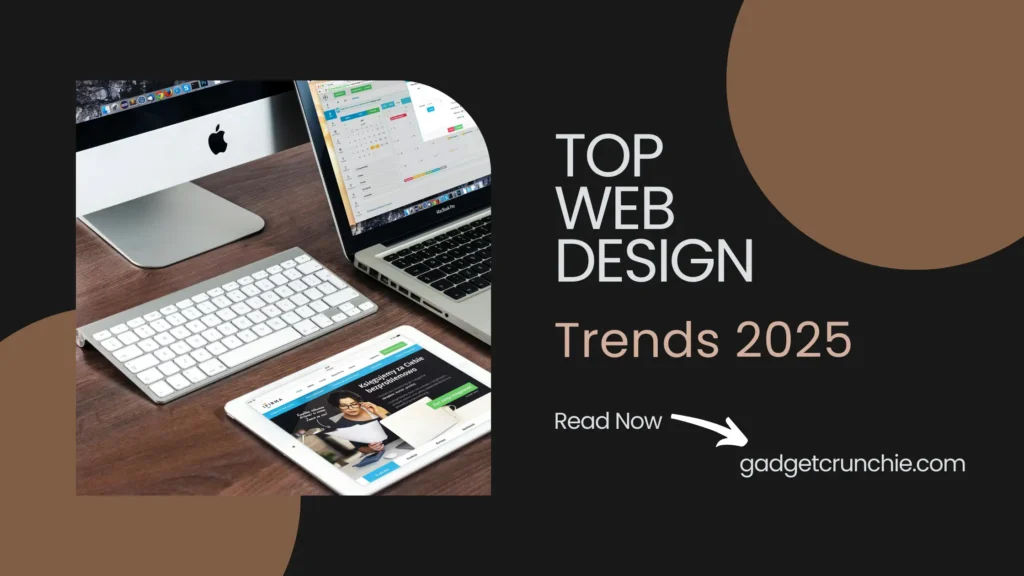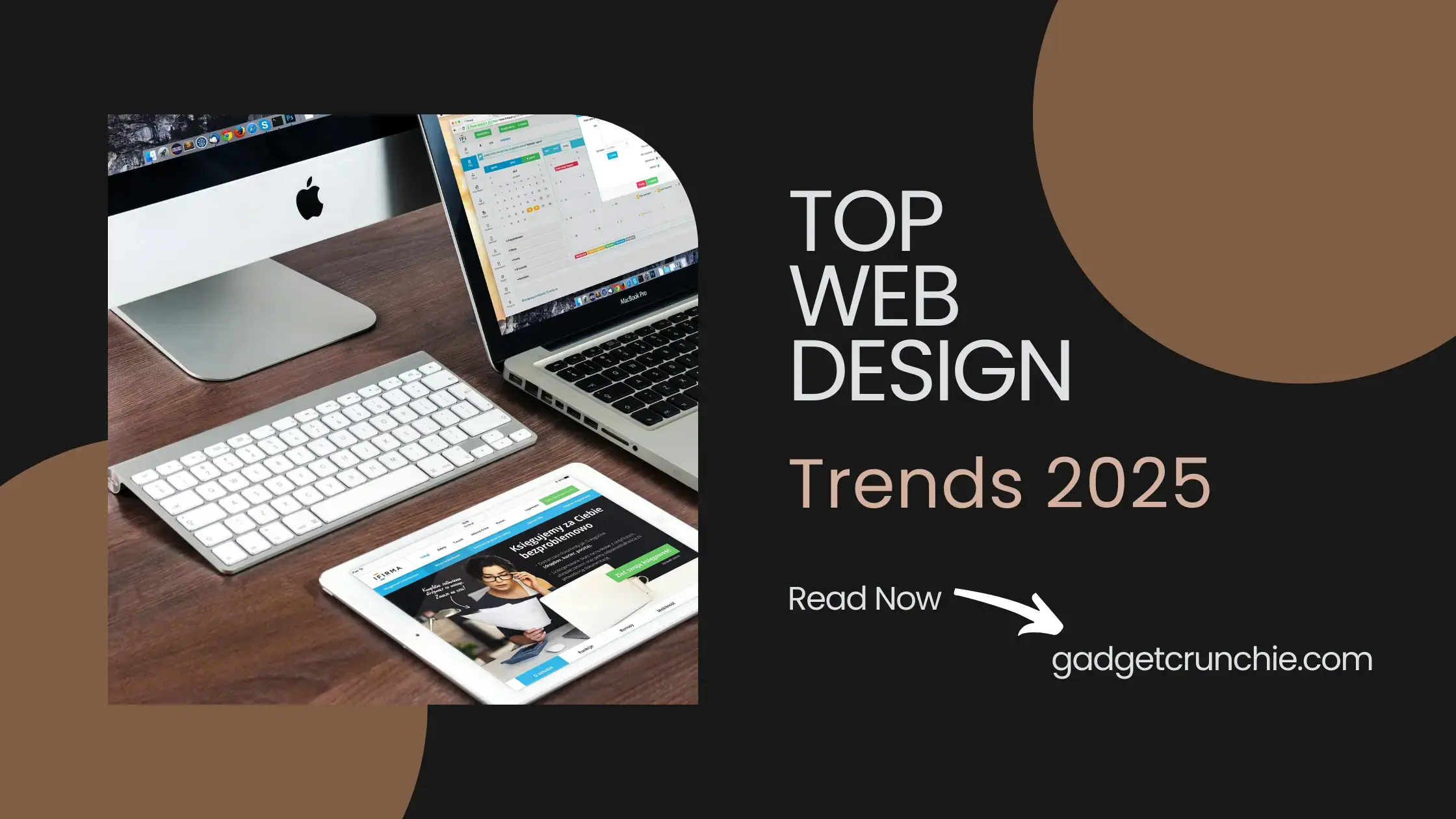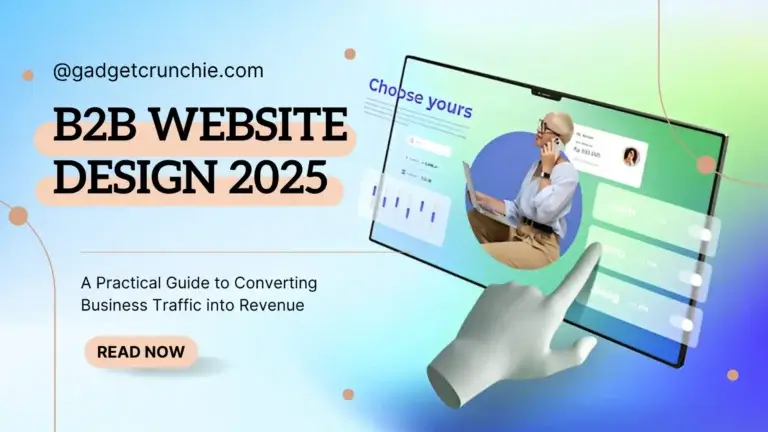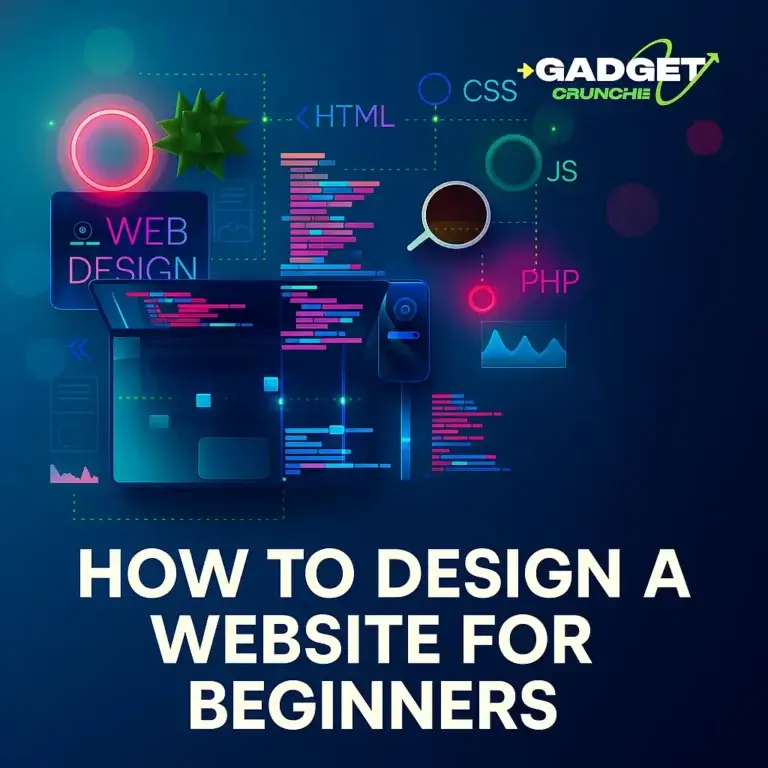In the fast-evolving landscape of web design trends, staying ahead of the curve is crucial to creating engaging and user-friendly online experiences. As we look forward to the trends shaping the digital realm in 2025, it becomes evident that innovation and creativity are at the forefront. From the widespread adoption of dark mode and immersive 3D designs to the emphasis on sustainability and personalized user experiences, the upcoming year promises a diverse array of exciting developments. This article delves into the top web design trends for 2025, offering insights into the strategies and technologies that will define the digital aesthetics of tomorrow.

Top Web Design Trends for 2025
1. Dark Mode Dominance
Rise of Dark Mode
Dark mode has taken the online world by storm, offering users a sleek and sophisticated alternative to the traditional light interface. With more platforms and websites adopting this trend, dark mode is set to dominate the web design scene in 2025.
Benefits of Dark Mode
Not only does dark mode reduce eye strain and battery consumption, but it also adds a touch of elegance to websites. Designers are embracing the versatility of dark mode, allowing for greater creativity and visual impact in their designs.
2. Immersive 3D Designs
Advancements in 3D Technology
The evolution of 3D technology has opened up a world of possibilities for web designers, enabling them to create immersive and interactive experiences for users. From dynamic animations to lifelike graphics, 3D designs are set to revolutionize the way we engage with websites.
Enhancing User Engagement with 3D
By incorporating 3D elements into their designs, designers can captivate users and provide them with a memorable browsing experience. Whether it’s through product visualizations or virtual tours, 3D designs have the power to elevate user engagement to new heights.
“How AI is Transforming Small Businesses 2024: Opportunities and Challenges complete read to know about it.” Link
Zubair Abid
3. Sustainability and Eco-Friendly Practices
Designing for Sustainability
In an era of growing environmental awareness, web designers are shifting towards sustainable practices to reduce their carbon footprint. By using eco-friendly materials and optimizing energy consumption, designers are making a positive impact on the planet through their creations.
“Don’t miss out! Check out my latest YouTube video for in-depth insights and exciting content. Click here Gadget Crunchie to watch now!”
Gadget Crunchie
Implementing Eco-Friendly Features
From optimizing website speed to reducing server emissions, designers are finding innovative ways to incorporate eco-friendly features into their designs. By prioritizing sustainability, designers are not only helping to protect the environment but also shaping a more responsible digital landscape.
4. Voice User Interface Integration
The Power of Voice UI
With the rise of virtual assistants and smart devices, voice user interface (UI) integration is becoming increasingly popular in web design. By enabling users to interact with websites using voice commands, designers are enhancing accessibility and convenience for a wider range of users.
Challenges and Solutions for Voice UI Integration
While voice UI offers a new level of interactivity, designers face challenges in ensuring seamless integration and user experience. From overcoming language barriers to refining voice recognition technology, designers are working towards creating user-friendly voice interfaces that cater to diverse user needs.
Top Web Design Trends for 2025
5. Personalized User Experiences
In a world where personalization reigns, web design is no exception. Tailoring user experiences based on data insights is the new norm. Say goodbye to one-size-fits-all approaches and hello to custom experiences that cater to individual preferences and behaviors.
6. Minimalist and Clean Interfaces
Less is more in the realm of web design trends, where minimalist and clean interfaces take the spotlight. Embracing the beauty of simplicity, designers are focusing on creating clutter-free, intuitive user interfaces that enhance usability and elevate the overall user experience.
7. Augmented Reality Experiences
Step into the future with augmented reality (AR) integrated into web design. AR technology isn’t just for gaming anymore; it’s revolutionizing user interaction by superimposing digital information onto the real world. Get ready to explore a whole new dimension of web experiences.
8. Inclusive and Accessible Designs
Web design is for everyone, and inclusivity is key. Designing with accessibility in mind means ensuring that all users, regardless of abilities or disabilities, can navigate and interact with websites effortlessly. Embrace inclusive design principles to create a more welcoming and user-friendly online space for all.
Conclusion
As we navigate the ever-changing landscape of web design, it is clear that the trends forecasted for 2024 will shape the way we interact with digital content and platforms. By embracing these emerging concepts and integrating them thoughtfully into our design practices, we can create immersive, sustainable, and inclusive online experiences that resonate with users on a deeper level. The future of web design is dynamic and full of possibilities, and by staying informed and adaptable, designers can continue to push the boundaries of creativity and innovation in the digital world.




